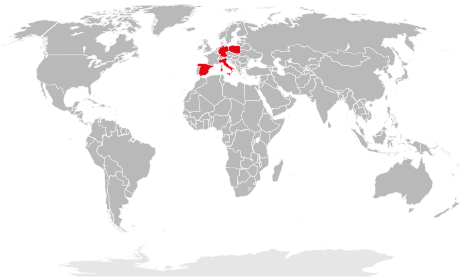










Where do apples actually come from? And when were they first eaten? We can't be absolutely certain of this, of course, but from information passed down over the centuries we know that the apple had been cultivated in Kazakhstan as long ago as approximately 10,000BC, and originally came from Central and West Asia. Apples are part of a plant genus which belongs to the Malinae subtribe within the rose family (Rosaceae). Apple trees are a type of deciduous tree.
Apples are the most widely distributed and cultivated type of fruit. The apples we use, by the way, mainly come from Poland, Spain and Italy. There are a total of some 55 species of apples, with approximately 30,000 different varieties around the world which are not only flavourful but also very nutritious. And let’s not forget, “an apple a day keeps the doctor away”!